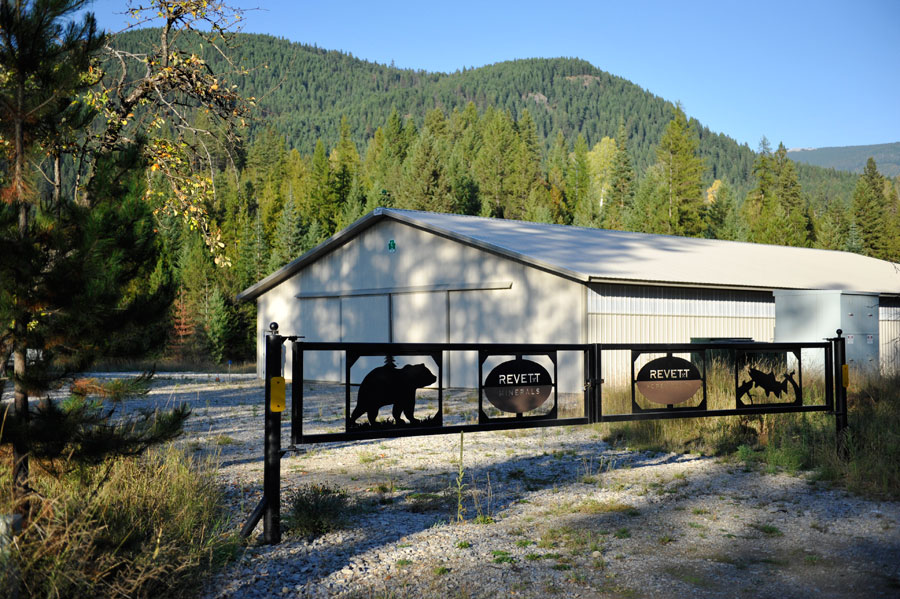A coalition of environmental groups is challenging the Montana Department of Natural Resources and Conservation’s proposed decision to issue a water permit to the company hoping to build a massive copper and silver mine near Noxon.
The coalition, including the Clark Fork Coalition, Rock Creek Alliance, Earthworks and the Montana Environmental Information Center, has alleged that the Hecla Mining Company’s Rock Creek Mine would dewater streams within the Cabinet Mountains Wilderness. The nonprofit environmental law firm Earthjustice represents the groups.
The formal objection was filed with the DNRC on Sept. 6.
“This permit would give the Rock Creek Mine a free pass to permanently damage wilderness streams that belong to all Montanans and provide cold, clean water for threatened bull trout and other native fish,” said Earthjustice attorney Katherine O’Brien. “Fortunately, Montana law protects our wilderness waters from the degradation the mine would inflict. By challenging DNRC’s proposed decision, we are seeking to hold the agency and the mine accountable to what the law requires.”
But mine officials counter that the proposed Rock Creek Mine has been extensively studied and would not have a detrimental impact on the environment.
ASARCO LLC first proposed building the Rock Creek Mine in the 1980s. The proposed mine was sold to the Sterling Mine Company and then to the Revett Mining Company in the early 2000s, which also owned and operated the Troy Mine. In 2015, Hecla acquired Revett and vowed to push the Rock Creek permitting over the finish line.
If completed, the mine could produce 6 million ounces of silver and 50 million pounds of copper annually.
The U.S. Forest Service first permitted the Rock Creek Mine in 2001, but it was later challenged in court over concerns about the impact to the wilderness above ground. Earlier this year, the Forest Service issued a draft environmental impact statement, and officials expect a record of decision to be issued in 2017. Most of the state permits for the project were issued a decade ago and remain in effect.
Environmentalists have also raised concerns about the cumulative effects of two mines operating under the Cabinets — closer to Libby, Mines Management has spent more than a decade permitting and developing the Montanore Mine, which hasn’t yet opened.
Conservationists like Mary Costello of the Rock Creek Alliance have said in the past that turning the Cabinets area into an industrial zone goes against the core of wilderness protections.
“When Congress designated the Cabinet Mountains Wilderness in 1964, it was to protect not only the land, but the vast number of stunning alpine lakes and streams that can be found within its borders,” she said. “To give our precious alpine waters to a mining company would be a travesty.”
Hecla’s Vice President of External Affairs Luke Russell said both state and federal officials have studied the mines extensively and that their data proves that wilderness streams would not be dewatered.
“There is ample water available and the mine will not have an adverse impact on the environment,” he said.
While environmental groups were challenging the Rock Creek Mine, Mines Management shareholders were expected to vote this week on whether or not to sell the company to Hecla. The merger would consolidate all of Northwest Montana’s proposed mines into one company. In the proposed merger, announced in May, each share of Mines Management will be exchanged for 0.2218 of a common share of Hecla. The deal is expected to be worth nearly $30 million.
